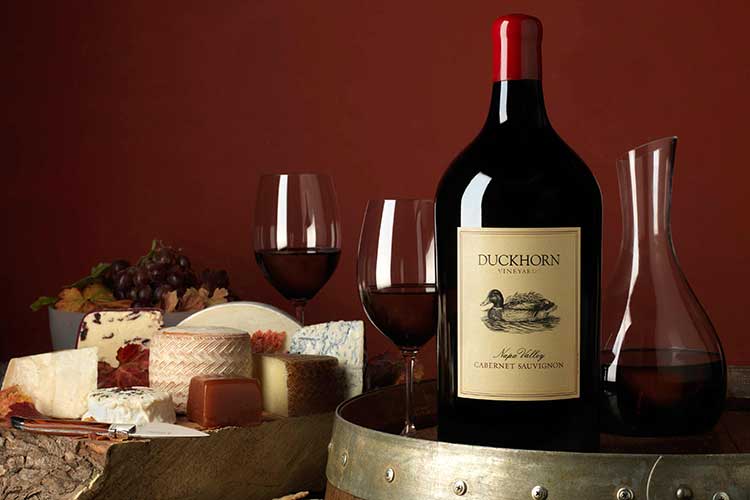To Decant or Not to Decant

To decant or not to decant, that is the question! At its most basic to decant simply means to transfer the contents of a bottle of wine into a new vessel. For this process to be most beneficial the decanter will be larger and have more surface area than the original bottle.
Okay, but why do this? Fundamentally, decanting serves two purposes: to separate a wine from any sediment that may have formed and to aerate a wine enhancing its aromas and flavors creating more vibrancy before serving. Decanting is most associated with the service of older wines but, conversely, younger wines can also benefit from this step. At the core of the matter decanting allows the wine to come in more contact with oxygen. Oxygen, during its initial contact with a wine can be very helpful, enhancing a wine’s flavors and softening it. Think about the wine being “caught” in the bottle, tightly stoppered under cork and capsule, a sleeping genie. Decanting wakes the wine up, helps it snap to attention and introduce itself with vigor.
Older red wines naturally produce sediment as they age (white wines rarely do). The color pigments and tannins bond together and fall out of solution. Stirring up the sediment when pouring will cloud a wine’s appearance and can impart bitter flavors and a gritty texture. The sediment is harmless but it’s not pleasant to get this material in your glass or worse in your mouth. It’s safe to assume that a red wine will have accumulated sediment after five to ten years in the bottle and should be decanted.
Here’s how to do it well:
- Set the bottle upright for 24 hours or more before drinking, so the sediment can slide to the bottom of the bottle, making it easier to separate. This advice assumes that the bottle was stored properly, cork down or on its side.
- Locate a decanter or other clean, clear vessel from which the wine can easily be poured into glasses. Decanters can be extremely elaborate or quite simple. The best models are dishwasher safe, easy to handle and to store. A simple glass pitcher will work just fine.
- Remove the wine’s capsule and cork; wipe the bottle neck clean.
- Pour the wine into the decanter slowly and steadily, without stopping; when you get to the bottom half of the bottle, pour even more slowly.
- Stop as soon as you see the sediment reach the neck of the bottle. Sediment isn’t always chunky and obvious; stop if the wine’s color becomes cloudy or if you see what looks like specks of dust in the neck.
- The wine is now ready to serve from the decanter. Discard the remaining ounce or two of sediment-filled liquid in the bottle.
- Duckhorn Vineyards makes several age-worthy wines. Most famously, our Three Palms Vineyard Merlot and Howell Mountain Cabernet Sauvignon have the character and substance to gracefully age over a decade. The fortunate wine lover about to open and enjoy one of these wines with a significant bottle age should approach the task with a decanter in hand. Decanting will ensure elegant service as well as invigorate the wine’s flavors and aromas.
At the other end of the spectrum, new release wines can be “tightly wound” in their infancy. It is remarkable what happens to an introverted, shut down wine after as little as an hour spent out of the bottle and in a decanter. A wine that seemed somewhat dull and tight will suddenly awaken and have lots more to say!
Now you know much more about this useful component of my favorite participatory sport. Decanting isn’t fussy or mysterious, simply practical and beneficial.
